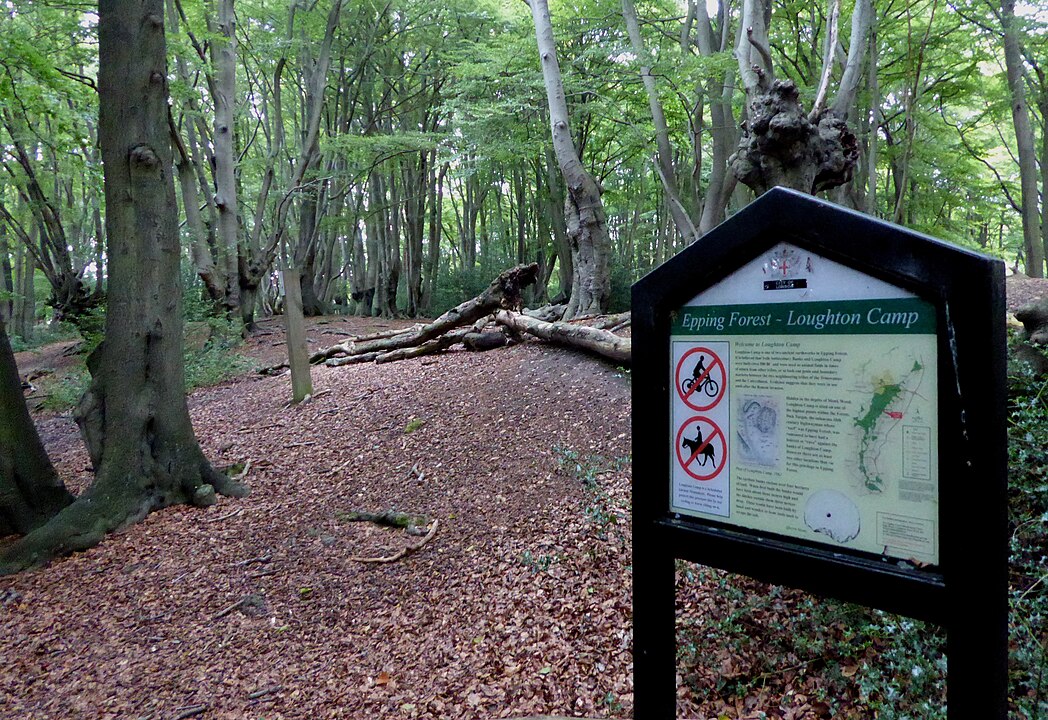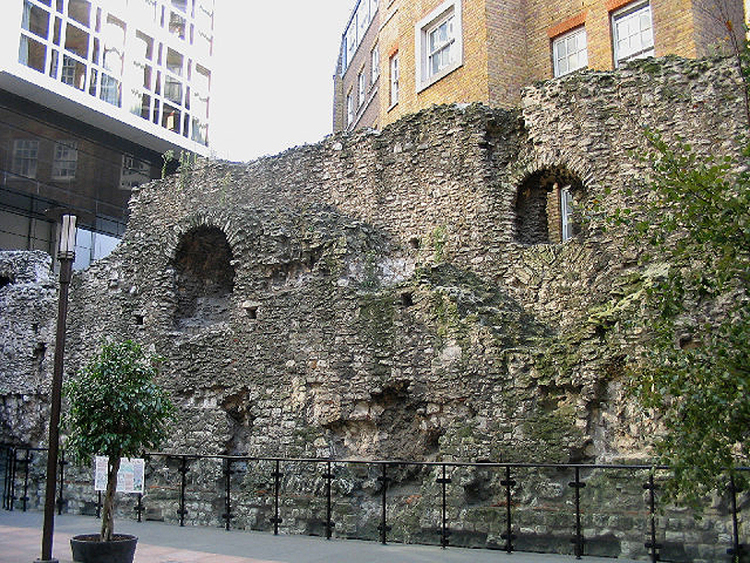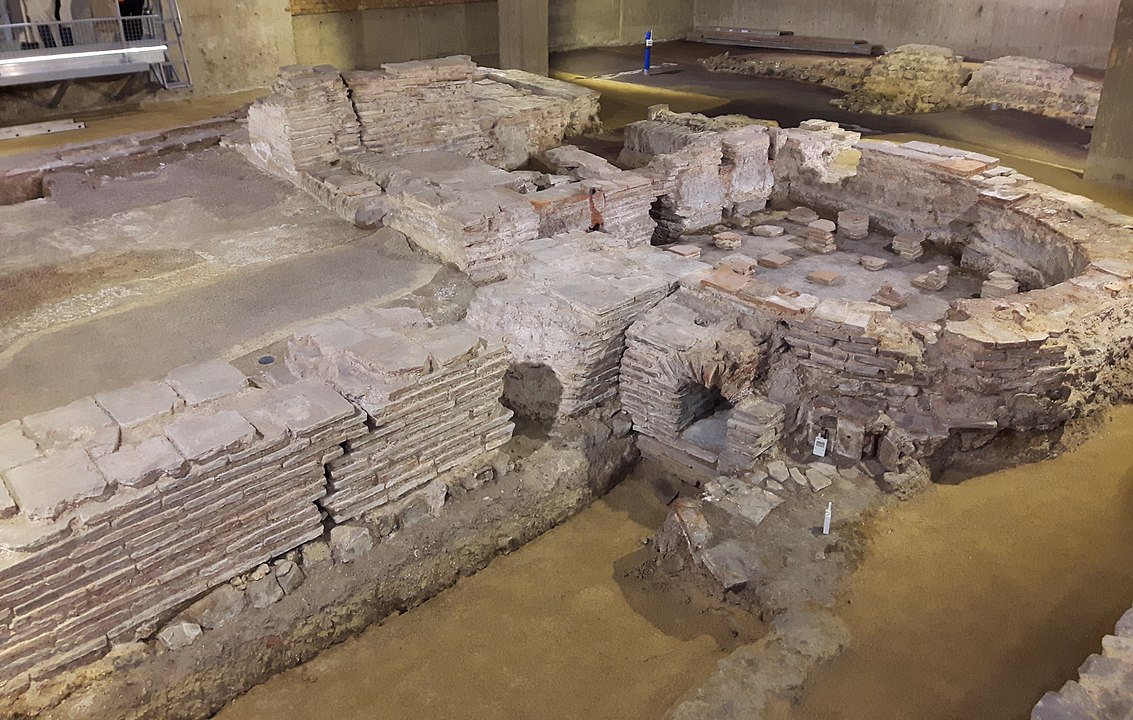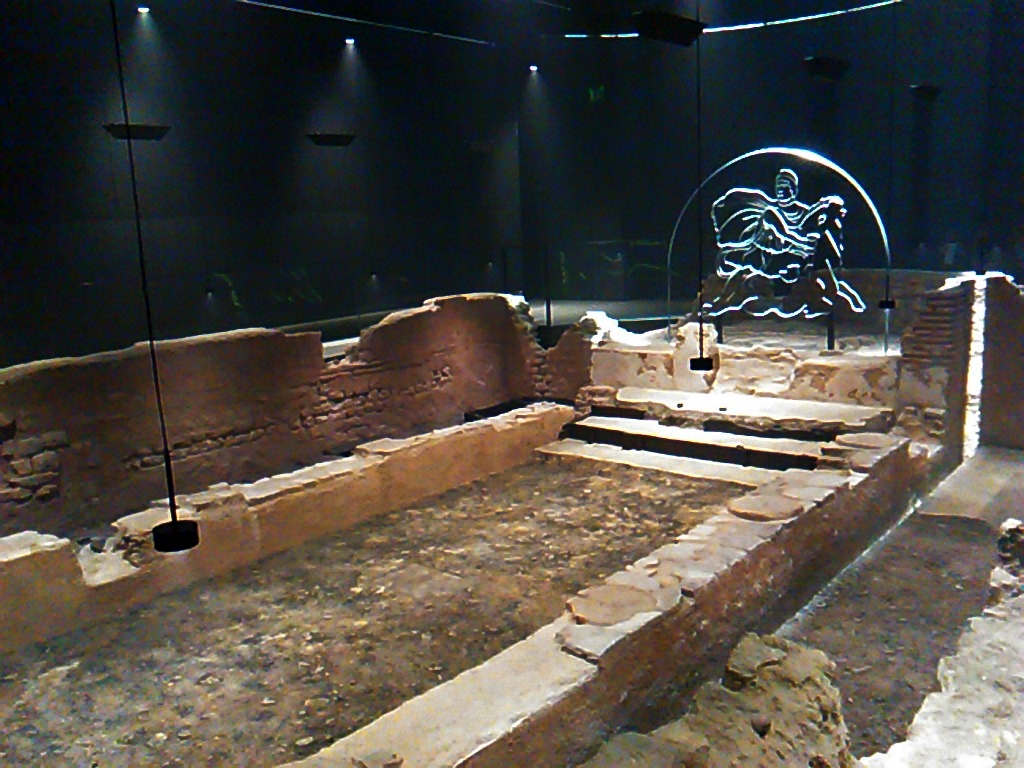Jewel Tower: The Plantagenet Sentinel At Westminster
The Jewel Tower, a small but historically significant landmark in the heart of Westminster, London, often flies under the radar of tourists and locals alike. This unassuming building, constructed in the 14th century, is one of the few remnants of the medieval Palace of Westminster that survived centuries of change, destruction, and transformation. It once housed the royal treasures of Edward III, protecting gold, silver, and other riches from thieves and fire. Today, it offers a rare glimpse into the life and architecture of medieval London. Unlike many grander sites in the capital, the Jewel Tower provides an intimate and peaceful experience, transporting visitors back to a time when England was a dominant force in Europe. Its thick walls, narrow windows, and surviving stone carvings all bear testimony to the turbulent and regal history of England, making it a truly fascinating place to explore.
A Tower Built for Treasure
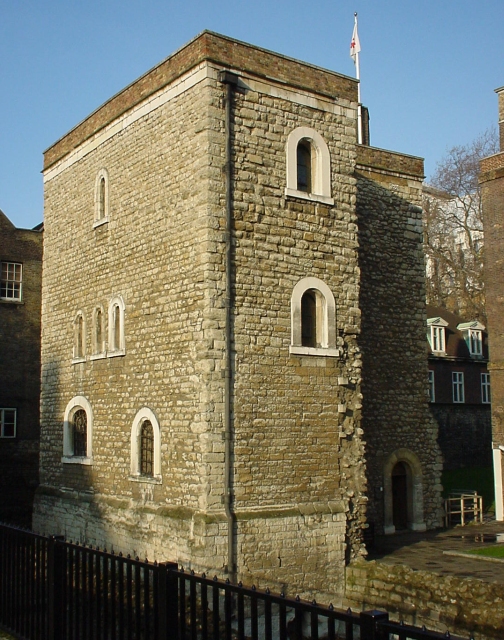
The Jewel Tower was constructed between 1365 and 1366 during the reign of King Edward III, at the height of his reign and when England was a dominant power in Europe. At this time, England was basking in the aftermath of the Battle of Poitiers, a decisive English victory in 1356 during the Hundred Years’ War against France. The battle was a momentous win for the English army and significantly boosted Edward III’s position as a monarch. His regime, known for its military successes, chivalric culture, and ambitions to consolidate royal power, left a tangible mark on the country’s infrastructure. The Jewel Tower was part of that legacy.
The tower was initially designed to house the monarch’s treasures, including precious jewels, gold, and silverware. Given its royal significance, it was carefully built to be fireproof, solid, and secure. The construction is remarkable for its era, with walls made of Kentish ragstone, a durable material that has survived the ravages of time, and a moat that once encircled it, providing further protection. The tower was also part of the wider Palace of Westminster complex, where kings held court and where the Houses of Parliament stand today.
Historical Context: The Zenith of Plantagenet Rule
The building of the Jewel Tower took place during one of England’s golden eras, just a decade after the triumph at Poitiers. Edward III’s reign marked the peak of Plantagenet rule, characterised by military prowess and the establishment of English identity through events such as the founding of the Order of the Garter and victories in the Hundred Years’ War. England’s nobility, adorned in extravagant garments, embraced courtly life and romanticised notions of knighthood. It was a time of great prestige for the English crown as the kingdom asserted its dominance over its neighbours and strengthened its place on the European stage.
Yet, this period wasn’t without its challenges. The Black Death had swept through Europe a few years earlier, devastating populations, including England’s. Nonetheless, England’s wealth was growing, fuelled by its victories in France, and Edward III was determined to preserve his treasures and maintain the grandeur of his reign. The construction of the Jewel Tower was one of several projects designed to bolster royal authority and secure valuable possessions. At this point, the Plantagenets were still in firm control, unaware of the eventual dynastic struggles and civil wars that would erupt in later centuries.
Jewel Tower’s Architectural Legacy
Though modest in size compared to other medieval fortifications, the Jewel Tower is architecturally significant. Its three floors are constructed with thick walls and trim and arched windows, providing a blend of security and elegance. The tower’s original purpose is reflected in its name—this was a place where treasures were stored, away from the bustling public life of the palace, in a secluded area accessible only to the monarch and trusted courtiers.
Inside, the tower offers a glimpse of how it may have been used during its heyday. Visitors can walk through its narrow, winding staircases and peer out of its tiny windows, imagining what it was like when it was packed with treasure chests and royal valuables. Original features, such as the medieval fireplaces and stone vaulting, add to the atmosphere of authenticity.
In the 20th century, the Jewel Tower underwent careful restoration to preserve its medieval character. Much of its original structure was repaired during this period, and the surrounding moat was excavated, further highlighting its historic role as a fortified treasure house. The restoration work has ensured that the tower remains one of the most intact examples of 14th-century architecture in Westminster.
A 21st-Century Museum and Tourist Spot
Today, Jewel Tower is managed by English Heritage and operates as a museum that tells the story of its long history and the changing landscape of Westminster. The exhibits focus on its original function as a storehouse for royal treasures. Still, they also explore its later use as a records office for the House of Lords and a location for testing official weights and measures in the 19th century. Visitors can explore the interactive displays and artefacts that span the building’s various uses over the centuries.
The tower offers a peaceful contrast to the more crowded tourist attractions in Westminster, providing an oasis of history and calm just a short distance from the Houses of Parliament and Westminster Abbey. Its charm lies in its simplicity and ability to take visitors back in time. Few places in London allow one to experience the past as intimately as in the Jewel Tower, making it a must-see for anyone interested in the city’s medieval history.
Getting to the Jewel Tower: Location and Transport Links
The Jewel Tower is conveniently located in the heart of Westminster, just a short walk from some of London’s most iconic landmarks. It sits near the southern end of Westminster Abbey’s precincts, on the corner of Abingdon Street and Old Palace Yard, close to the River Thames. Its proximity to the Palace of Westminster makes it easy to visit alongside nearby attractions such as Big Ben, the Houses of Parliament, and the Churchill War Rooms.
For public transport, the tower is well-served by several tube stations. Westminster station, on the Jubilee, District, and Circle lines, is just a five-minute walk away. St. James’s Park station, on the District and Circle lines, is also within walking distance, providing an alternative route to the tower. Multiple bus routes, including 11, 24, and 148, stop nearby, making it accessible from different parts of London.
If you’re coming from further afield, London Victoria Station is the closest major train hub, just a 15-minute walk or a short bus ride away. Visitors can also arrive via riverboat services on the Thames, with the Westminster Pier offering a scenic approach to the tower. Cycling is another option, as the area has dedicated bike lanes and docking stations for London’s bike-sharing scheme.
The Jewel Tower’s Place in London’s Heritage
The Jewel Tower may not dominate the London skyline like the Shard or St. Paul’s Cathedral, but its historical significance is undeniable. It is a quiet reminder of the medieval world that once existed in Westminster, offering a more personal connection to England’s past. For those who appreciate the stories behind the stones, the Jewel Tower provides a fascinating look at a bygone era when kings safeguarded their treasures, not only from enemies but from the unpredictability of life in a medieval city. Visiting this lesser-known gem lets you enter a hidden chapter of London’s vast and varied history.

